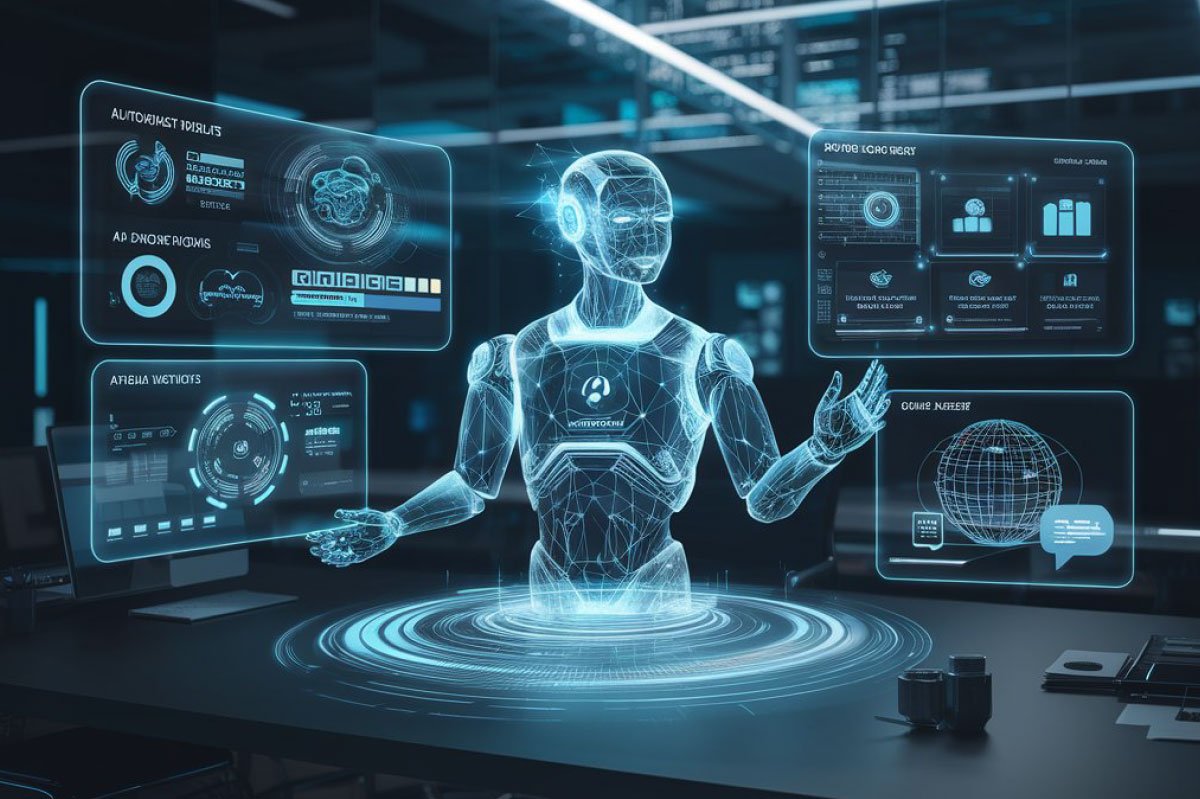A Beginner’s Guide to How Machines Learn
Introduction
From voice assistants and personalized recommendations to fraud detection and self-driving cars, Machine Learning (ML) is the force behind today’s smart technology. But what exactly is machine learning, and how does it work?
In this beginner-friendly guide, we’ll break down the basics of machine learning, explore how it powers modern innovations, and why it’s a critical component of artificial intelligence.
What is Machine Learning?
Machine Learning is a subset of Artificial Intelligence (AI) that enables machines to learn from data and make decisions without being explicitly programmed. Instead of following static rules, ML systems identify patterns, learn from outcomes, and improve performance over time.
How Does Machine Learning Work?
Machine Learning works through three core steps:
-
Data Collection
Raw data—images, numbers, text, etc.—is collected for training the model. -
Model Training
Algorithms analyze the data to find patterns and build predictive models. -
Testing & Improvement
The model is tested on new data and adjusted to improve accuracy.
Types of Machine Learning
1. Supervised Learning
The algorithm is trained on labeled data (input and output pairs).
Example: Email spam detection, price prediction.
2. Unsupervised Learning
The algorithm analyzes data without predefined labels.
Example: Customer segmentation, anomaly detection.
3. Reinforcement Learning
The system learns by trial and error, using feedback to improve.
Example: Self-driving cars, game-playing AI.
Applications of Machine Learning
Machine learning powers a wide range of real-world applications:
-
Healthcare: Disease prediction, personalized treatments
-
Finance: Credit scoring, fraud detection
-
Retail: Product recommendations, inventory forecasting
-
Marketing: Customer segmentation, ad targeting
-
Manufacturing: Predictive maintenance, quality control
Why Machine Learning Matters
ML is revolutionizing industries by enabling smarter decisions and automation. Key benefits include:
-
Improved accuracy through data-driven models
-
Real-time predictions and insights
-
Scalability in handling large datasets
-
Continuous learning and improvement over time
Challenges in Machine Learning
While powerful, ML comes with challenges:
-
Data quality and availability
-
Model interpretability (black box problems)
-
Bias and fairness in training data
-
Computational costs
Responsible AI practices are essential to address these issues.
Future of Machine Learning
The future of ML lies in AutoML, explainable AI, federated learning, and integration with agentic AI. As models become more advanced and accessible, businesses of all sizes will leverage ML to gain a competitive edge.
Conclusion
Machine Learning is more than a buzzword—it’s a foundational technology shaping the digital age. Understanding its basics opens doors to innovation, smarter solutions, and a future where machines learn just like humans—only faster.











Leave a Reply